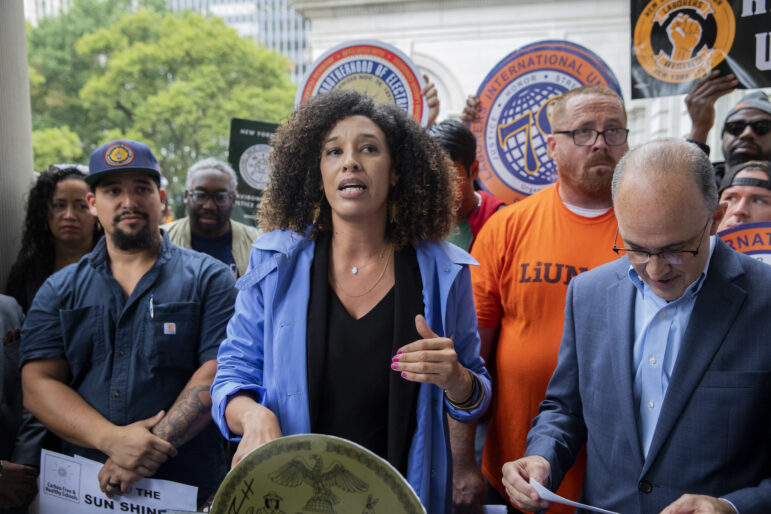Tennis
New York’s history, as seen through the Grand Central Terminal

Next time you’re making tracks to New York’s Grand Central Station, pack a tennis racquet.
Just off the cavernous concourse familiar from so many movies stands an unremarkable bank of lifts. Ascend to the fourth floor, navigate a nondescript corridor and call for new balls, please, on the full-sized indoor court, whose arched windows look onto Manhattan’s 42nd Street. That’s after you’ve forked out the US$365 an hour (peak period) fee charged by the Vanderbilt Tennis Club.
The extant Grand Central building has been myriad things to numberless millions since its completion in 1913. Today, more than 750,000 people pass through it daily – and roughly 10,000 of those visit simply for lunch.
In the 1970s and 80s, many of its regulars weren’t there for either transport or nutrition – prostitutes and vagrants stalked the formerly hallowed halls of a Beaux-Arts landmark whose grubby decline reflected that of New York itself.

Renovated in the 1990s, Grand Central still doesn’t have public-area seating, not wanting to encourage those with nowhere else to go. That’s despite remaining the world’s largest station in terms of tracks – 67, on two levels.
And yet, this fixture on the National Register of Historic Places isn’t a station at all, and is properly called Grand Central Terminal, because train services terminate (and begin) here, rather than roll through.
Doing their own rolling out of the place, late, might be patrons of The Campbell, the terminal’s cocktail and jazz bar, which is dark enough to resemble a Prohibition-era speakeasy and accessible from the street – if you know which door to look for. The bolt-hole, facing Vanderbilt Avenue, was once the office of financier John W. Campbell, a member of the New York Central Railroad’s board of directors, and reservations are most certainly required.

Late-19th century Gilded Age railway mogul Cornelius Vanderbilt commissioned the first of the three terminals, known as Grand Central Depot, to have occupied the overall site.
The five-block avenue on the west side of today’s incarnation still bears the family name; and the building’s decorative original light fittings, its two neglected but functioning marble drinking fountains and instantly recognisable, four-faced brass clock above the concourse’s central information booth are resplendent with the family symbols of oak leaves and acorns.
The single most striking feature of the terminal is the concourse’s turquoise ceiling, 38 metres up, showing 12 constellations and 2,500 stars, some twinkling, but it is a replica of the water-damaged original. And although it is a creation of which Michelangelo would be proud, it is upside down, as was the original. Explaining the design error in the early 20th century, a spokesman supposedly said it gave “God’s view”, from above.

In 1998, post-renovation, one small rectangular patch close to a claw of the constellation Cancer was left unpainted, coated only in the grime that had accumulated for decades – not as a health warning about the effects of cigarette smoke, smog and soot, but as a guide, to the work done, for future restorers.
Past glories abound. Old Cornelius might be said to keep watch over a terminal he never saw, in the shape of the 1.36-tonne, cast-iron Vanderbilt Eagle, perched menacingly above an entrance.
One of two survivors of the 12 that were added when the terminal was enlarged in 1898 (only to be torn down again in 1910), it came home to roost from a home in upstate New York in 2004 – after 94 years.










